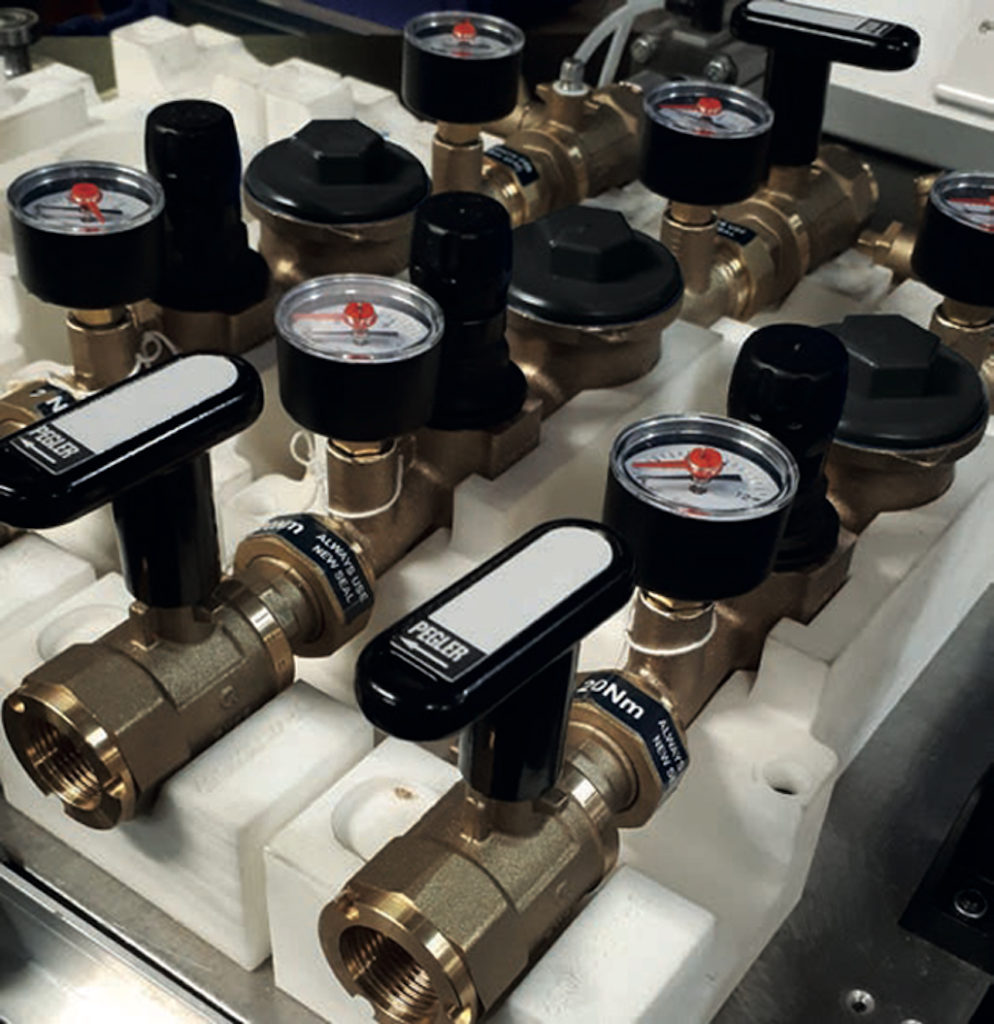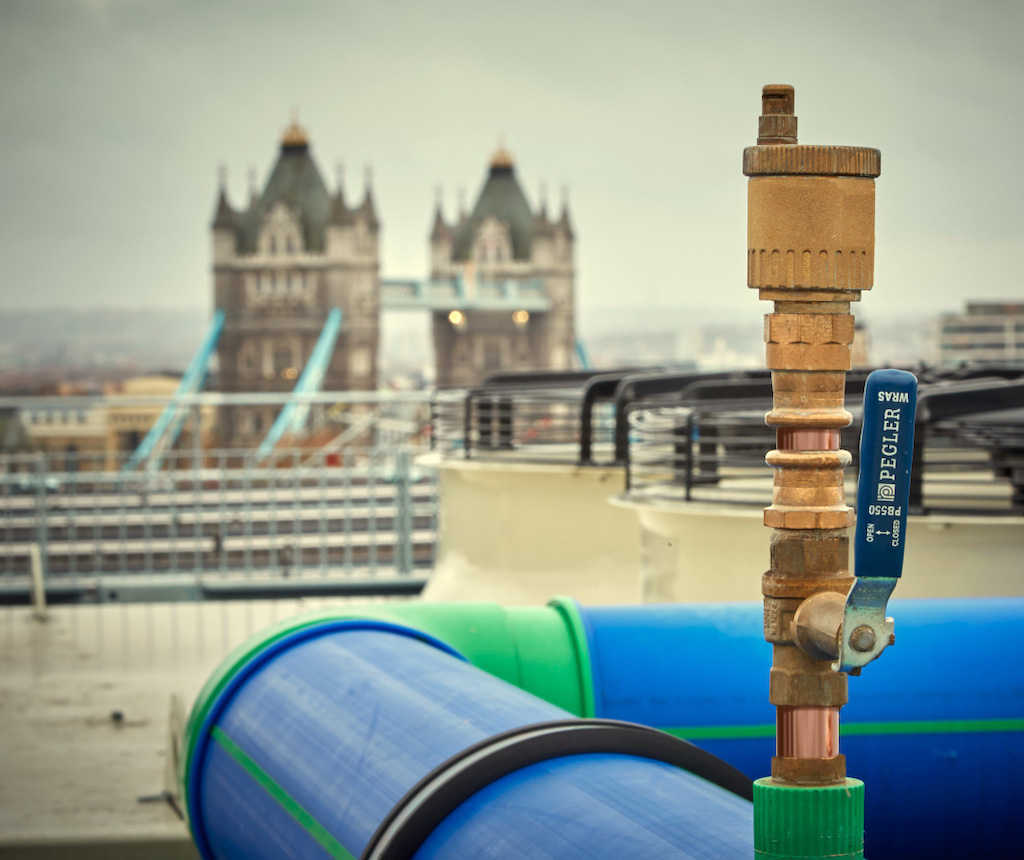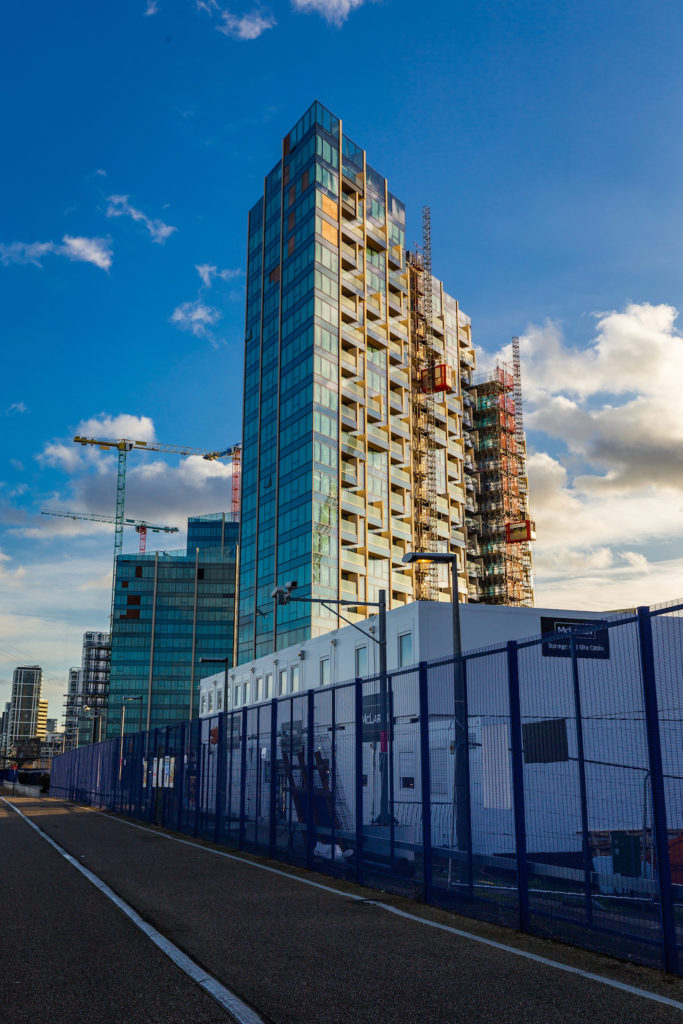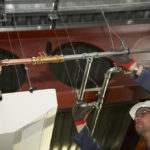Sindar Singh, Director of Product Line Valve Technology at Aalberts IPS UK, looks at building performance and the importance of choosing the right valves to optimise potable and HVAC systems.
Since the UK Government committed to the net zero target as recommended by the Climate Change Committee in 2019, which has actually increased the target to at least 100% reduction by 2050 as opposed to the original 80% reduction, it is recognised that we all have a role to play.
There’s no doubt that the challenges different industries face are immense, and the construction industry is no exception. However, it is pleasing to see that we, so far, have been one of the industries at the forefront of developing solutions to mitigate the reliance on fossil fuels and drive forward technologies that will eventually achieve net zero.

Sustainable outcomes
One crucial element of the ongoing ability to achieve and sustain net zero is the efficiency and performance of our buildings. Each single element of the fabric of a domestic or commercial building can play its own role in achieving the target, and within that, the effectiveness of a plumbing system will be a critical part of this.
An understanding of valve technology is paramount for an optimised HVAC system as well as user satisfaction and long-term maintenance objectives. Sometimes small but vital components, valves are integral to building performance and efficiency. Specifiers and public building decision makers can rest assured that the correct valve will positively affect reliability, performance and efficiency. Selecting the correct valve will also make installations easier and reduce maintenance and system downtime costs.

Choosing the right valve
Contractors, engineers and often specifiers frequently choose valves using ‘historical’ knowledge, but as previously mentioned, the construction industry is at the forefront of developing products and solutions to support the UK’s targets, so going forward any valve selection must have tangible benefits. In order to support building efficiency, the emphasis on key elements such as product longevity, quality engineering, and straightforward commissioning and maintenance procedures must not be overlooked, however this, combined with deciphering future effectiveness, can seem daunting and more often than not over complicate the process.
One of the main challenges facing decision makers is the limited amount of time and opportunity available to actively seek out products that offer enhanced benefits and support a building’s need for greater performance and increased efficiency now and in the future.
Our advice is to take an alternative approach; look at valve solutions targeting ‘application areas’ rather than individual system requirements. This will ensure the correct valve is chosen to support function, size, performance and optimisation, in essence, help the building perform and help reduce energy and maintenance costs.

The right valve for the right application
Typically, a valve application can be categorised into three key areas: Source — which is focused around plant/boiler centres, Network — which encompasses the distribution of heating and potable building systems; and finally, the Zone — this is the occupied function zone, such as an apartment, office or ward where the heat or water is emitted.
Within a Source, area requirements would be typically centred around large-sized valves, in some instances up to DN600, which provide regulating and isolating functions from the heat source into the first part of the Network.
Within the Network area, valves are used to control water flow and balance the heat and cooling distribution to different locations. These valves ensure the correct flow rate is supplied to different building parts, thereby providing optimum energy efficiency and comfort.
The next point of use is classed as the Zone area, for example heating, this consists of pre-set valves for either panels or radiators through to modular valves units used on fan coil units; these types of valves allow control through heat/flow output, therefore, offering precise, controlled comfort.

Managing the flow
When it comes to achieving optimum building performance, user comfort and long-term maintenance objectives, the right valve selection can dramatically alter the outcome. That is why Aalberts IPS UK is continually developing solutions and innovating new products to keep specifiers and engineers at the forefront of their profession, such as its latest valve, the Pegler ResiFlow Valve. An integrated valve arrangement that converges isolation, drain, pressure reduction, and an “adapter free” direct connection for a Class D concentric water meter.
It has been designed to overcome challenges often found with these types of potable system valves, namely flow limitation. This valve boasts a larger entry orifice to allow for an increased flow and a pre-set ‘anti-creep’ pressure reducing valve, ensuring continued settings for resident comfort and system efficiency.
Constantly looking to innovate, Aalberts IPS UK sees the importance of education and sharing their knowledge with industry professionals, provided through a range of support tools, such as drawing ‘Take-Off’ and CIBSE accredited CPD modules.

Future-proofing
Education and innovation are what Aalberts IPS UK believes will continue to keep the construction industry at the forefront of the drive to net zero. In the meantime, a system utilising the correct valve in the correct area will undoubtedly provide greater performance and optimise building efficiency.









